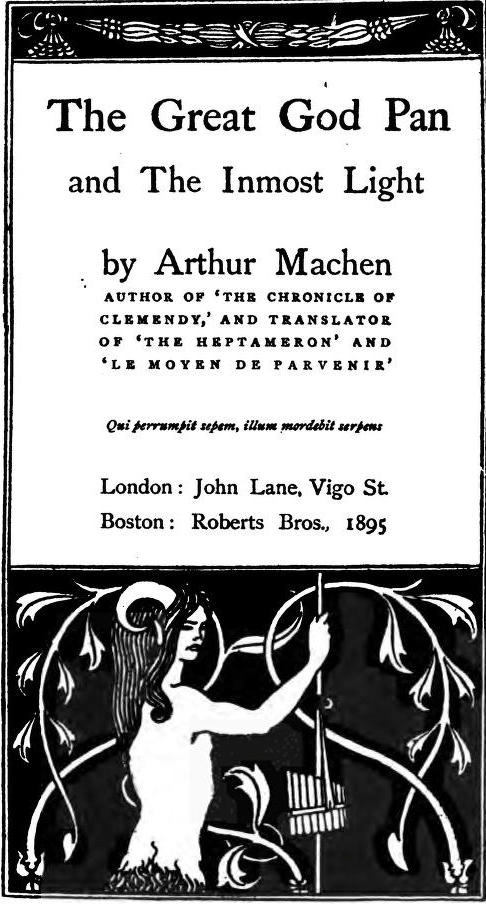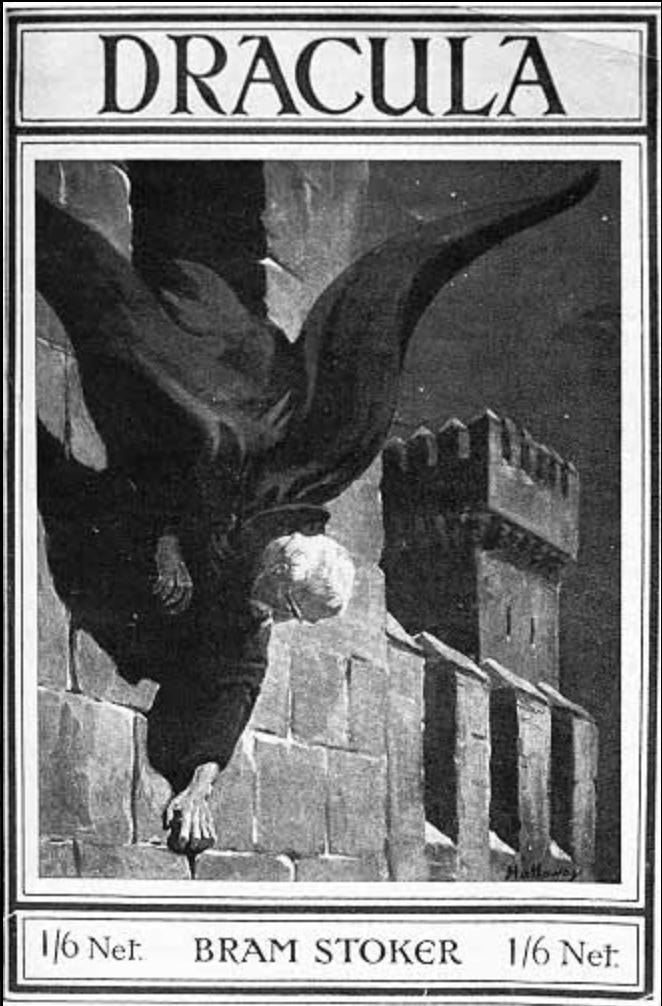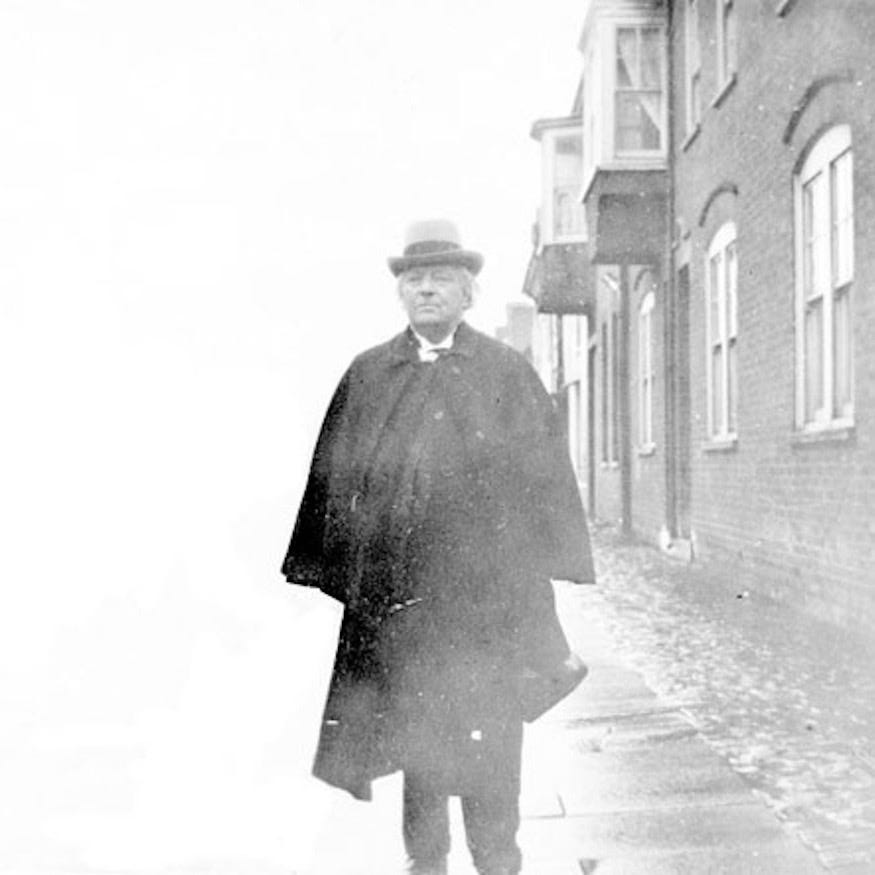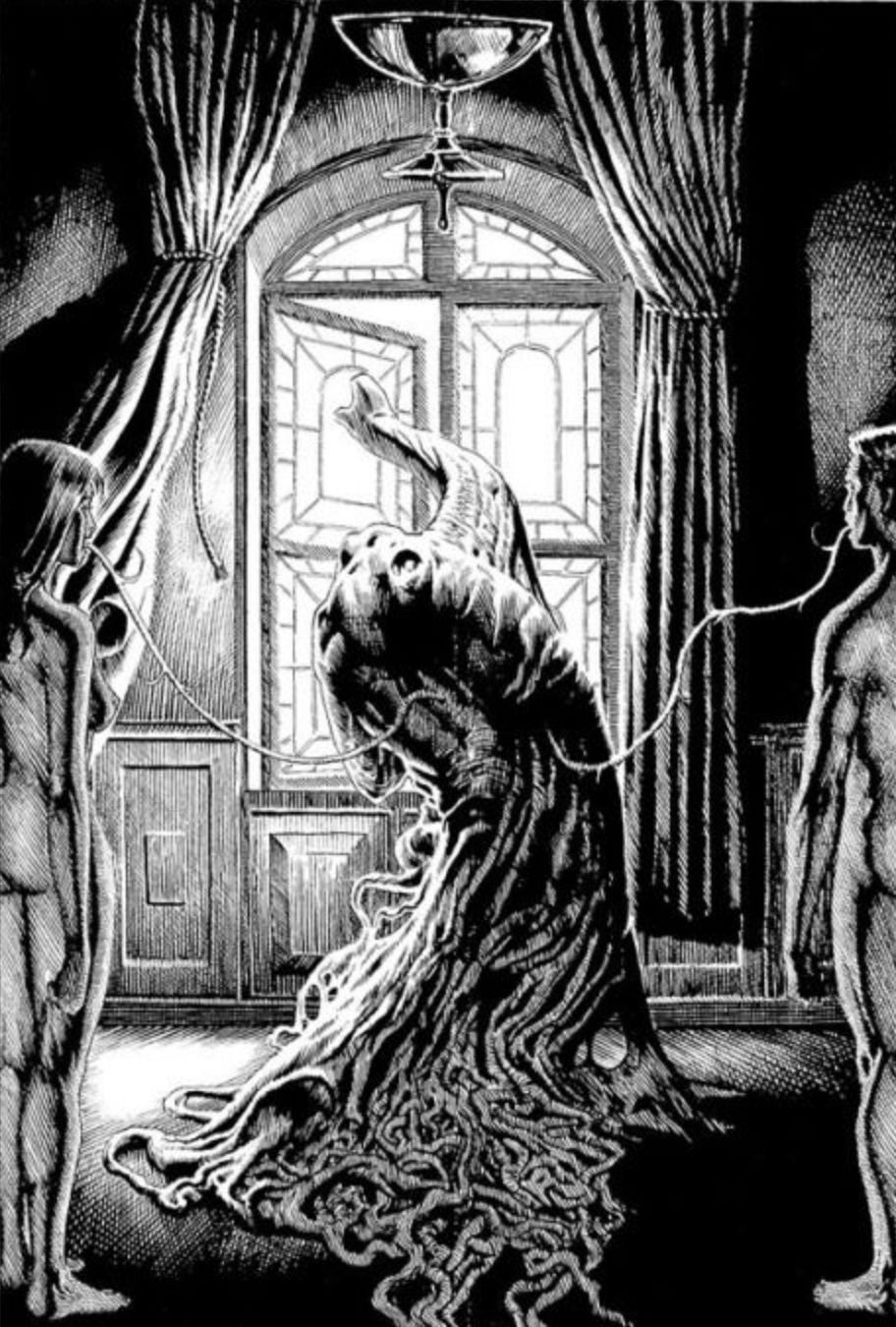Arthur Machen, Haunter of a Haunted Land
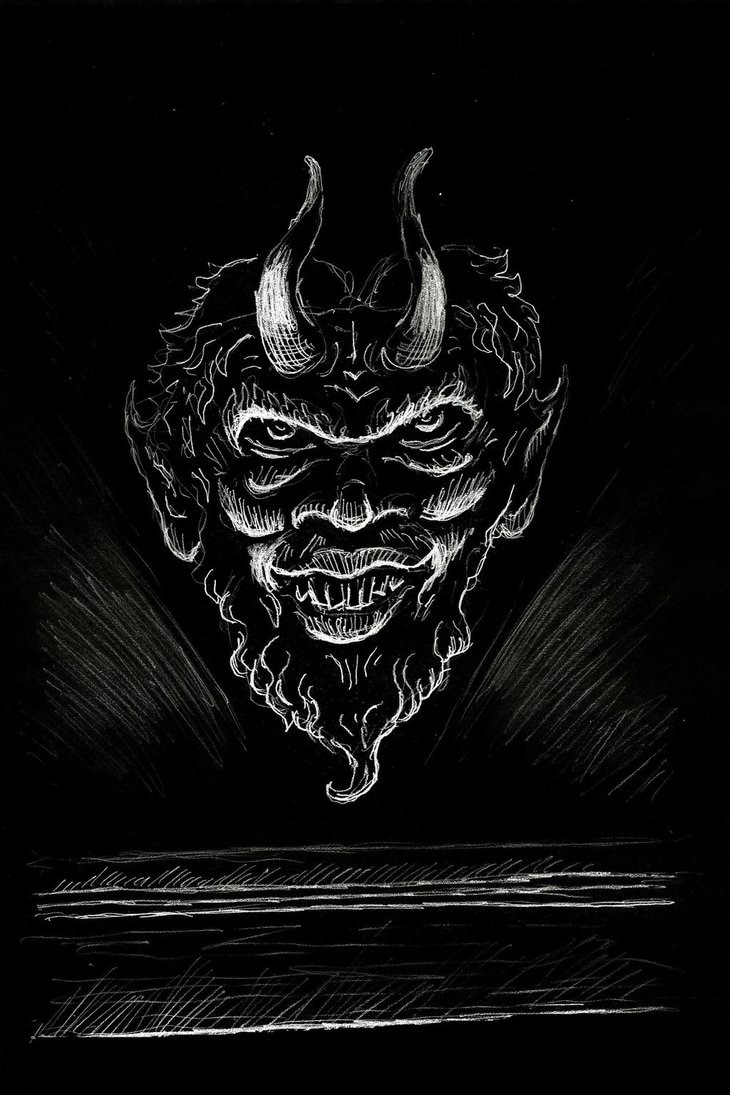
This month, 160 years ago, Arthur Llewelyn Jones came mewling into the world in the old Roman settlement of Caerleon in south-east Wales. The baby was born at the small family home in ‘The Square’ of the town. But Jones grew up in rural Llanddewi Fach, some five miles north of Caerleon, where his father was appointed vicar when the child was only two years old. So it was, that Jones’ formative years were in the atmospheric environs of the countryside of ‘legend-haunted’ Wales.
Arthur Jones, the humble son of a vicar, was of course to become famous (and infamous) under his pen name Arthur Machen. And, although to become an habitué of London, where he tenaciously strove to achieve his dream of becoming a writer, it was the landscape of Monmouthshire that formed him. With its history of human settlement extending back to the neolithic, from the mysterious Black Mountains to the pastoral lowlands, Machen was steeped in it, and he returned to his natal region in his fiction, again and again.
In the literary environs of this rural and isolated backwater parsonage, the young Machen became a bibliophile. Pouring through his father’s full library, Machen’s breadth of knowledge blossomed. Alongside his growing literary loquaciousness, Machen was imbibing all that he could experience of the unavoidable local relics of an ancient world, the history and legend of his native county, and the divine and diabolical history of the mystics. For example, according to the Welsh local historian, artist, folklorist, and schoolmaster Fred Hando, the writer’s interest in the occult began when the eight-year-old Machen discovered an article on Alchemy in a volume of Household Words (a Victorian weekly magazine). It is not difficult to imagine the youthful Machen, seated in a leather-covered armchair, avidly reading, the only sounds, are the ticking of the old Rectory clock, the distant, insistent song of a Blackbird, and the frequent rustle of turning pages. Wide-eyed, the juvenile discovers Hermes Trismegistus, the Coincidentia Oppositorum, and the transformative power of the lapis. From this time on Machen was habitually reading in his father's rectory library, and he soon became drawn to the ‘weird’ and entranced by the mysteries of the ‘hidden path’.
In 1882, the nineteen-year-old Machen moved to London to pursue a literary career. But at first, he struggled to both prove himself as a writer and to provide his daily bread. According to Arkham Reporter (in his foreword to The Bizarchives edition The Arthur Machen Collection: A Collection of Terrifying Tales from The Godfather of Supernatural Horror):
“He [...] lived in what can only be called poverty as he attempted to get work in the field of journalism. He was aloof and solitary in these times and lived in a type of self-imposed isolation where he spent his time exploring London's ancient streets, going days without much social contact and writing at night in the apartment that he rented for as cheaply as possible. A scene of a gaunt Arthur Machen writing by candlelight in a cold and rough apartment in suburban London would not be wholly inaccurate.”
Yet, despite these early deprivations, the determined Machen endured and slowly built up a modest list of published works whilst gradually establishing himself as a member of a Bohemian literary and occult set. Machen became a close friend of the poet, mystic, and occultist, A. E. Waite. Others in his circle included the author of supernatural and fantasy stories, Edgar Jepson.
As a writer of ‘fantastic’ fiction himself, Machen became simultaneously both famous and notorious with his first major success, the novel The Great God Pan (1894).
The story begins with Dr. Raymond, a ‘mad scientist’, performing an operation on a teenage girl named Mary that will, it is hoped, open a gateway to a spiritual world. Of course, things don’t quite turn out as expected. Mary, now an idiot following the operation, has become pregnant.
When one of our protagonists, Clarke, encounters Mary’s child, years later, she has become the maleficent Helen Vaughan. The supposed paternity of Vaughan is at last disclosed in a letter to Clarke from Raymond. He reveals that Helen was in fact the child of Mary and that Mary had become pregnant due to her new psychic-spiritual ability. Mary had looked upon the god Pan, and it is thus intimated, that the god himself fathered Helen.
At the conclusion of the novella a parchment scroll is discovered bearing the legend:
“To the great god Nodens (the god of the Great Deep or Abyss), Flavius Senilis has erected this pillar on account of the marriage which he saw beneath the shade.”
The novel was denounced as degenerate, dangerously sexually explicit, and darkly horrific. The Literary News opined that Machen’s work was “too morbid to be the production of a healthy mind”, and The Contemporary Review scathingly decried the work as “a perfectly abominable story, in which the author has spared no endeavour to suggest loathsomeness and horror which he describes as beyond the reach of words.”
Such criticisms had a deep effect on Machen. However, the furore following the book’s publication ensured its popularity as well as a second edition. What’s more, the book became enormously influential both in its time and beyond.
For example, Bram Stoker was almost certainly influenced by the demonic nature of the femme fatale character Helen Vaughan when he wrote Dracula (1897). The vampiric transformation of the character Lucy Westenra echoes Machen’s creation, Vaughan.
“The sweetness was turned to adamantine, heartless cruelty, and the purity to voluptuous wantonness.”
Surviving its critics, The Great God Pan was thoroughly reappraised thirty years later and profoundly influenced a new generation of writers of the ‘weird’.
H.P. Lovecraft was regularly enthusiastic when writing about Machen’s impact on him.
“Of living creators of cosmic fear raised to its most artistic pitch, few if any can hope to equal the versatile Arthur Machen; author of some dozen tales long and short, in which the elements of hidden horror and brooding fright attain an almost incomparable substance and realistic acuteness.”
The structure of The Call of Cthulhu (1928) was certainly influenced by the configuration of Machen’s yarn, and the half-human hybridity of Helen Vaughan inspired the monstrous Wilbur Whateley in Lovecraft's The Dunwich Horror (1929), a story that refers overtly to Machen's novella.
“ “Inbreeding?” Armitage muttered half-aloud to himself. “Great God, what simpletons! Shew them Arthur Machen’s Great God Pan and they’ll think it a common Dunwich scandal!” ”
[For an in-depth discussion on Machen’s effect on Lovecraft see the Arkham Reporter’s excellent video on this very topic]
Others in the ‘Lovecraft Circle’ also found inspiration in Machen’s novel. Clark Ashton Smith was moved to write The Nameless Offspring (1931) as an homage to the work.
And, as in other works by Machen such as The Hill of Dreams (a book often cited as Machen’s ‘masterpiece’), The Great God Pan begins in a rural Monmouthshire setting, where, according to Simon Cooke, Machen:
“[...] imagines a mystical landscape, a weird psycho-geography based on the intense natural beauty of Monmouthshire and the Vale of Usk, which is the source of spiritual sustenance; and sometimes he makes contact with an ancient and threatening evil inspired by a malign Celticism or Classicism.”
Machen’s work continues to resonate with writers of ‘weird fiction’ today, and even the sometimes grizzly Stephen King had something nice to say about Arthur Machen. When discussing The Great God Pan, King stated, “one of the best horror stories ever written. Maybe the best in the English language.”
So, if you are ready to enter the labyrinthine mind of a Celtic mystic, if you are ready to face eldritch nightmares, if you wish to discover why Machen is considered one of the granddaddies of the ‘weird’ and touch “loathsomeness and horror [...] beyond the reach of words”, then step forward now, but don’t say you weren’t warned







